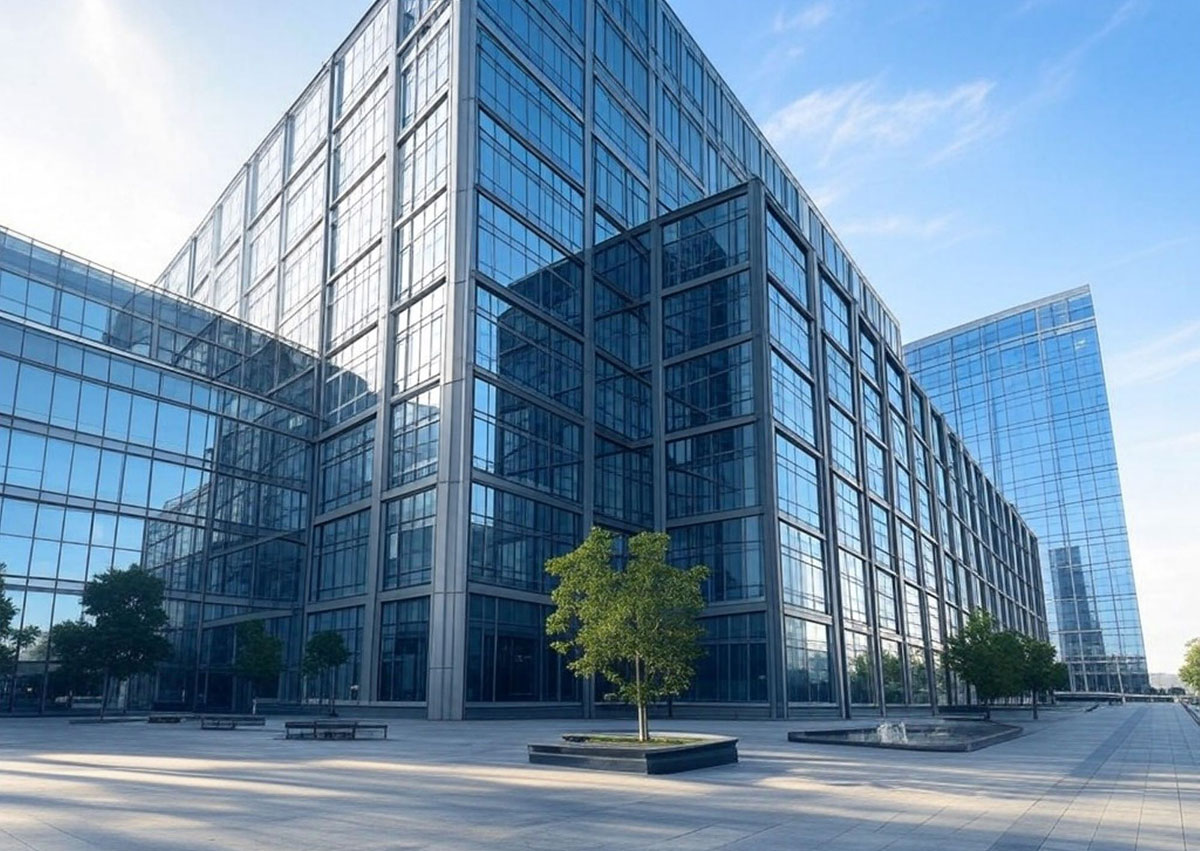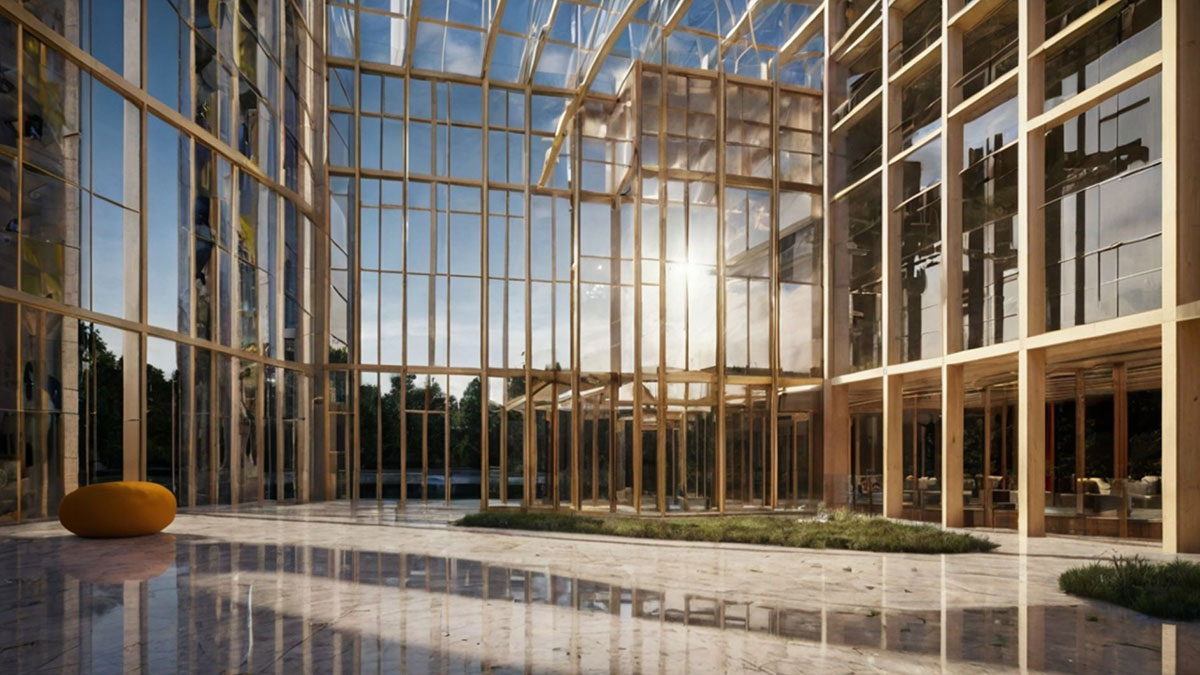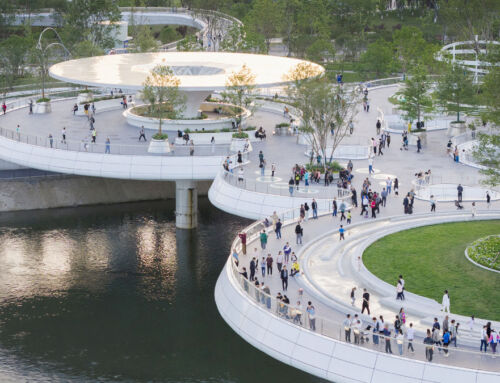Glass is a material that is widely used in architecture and construction, but also in many other industries. However, we are going to focus here on this material as a safety element in buildings. Through advanced manufacturing processes and specific treatments, glass acquires sufficient strength to represent a barrier against different risks. We will now look at the main types of safety glass and their applications:
–Tempered glass: a heat treatment that heats the glass to high temperatures and cools it rapidly, increasing its mechanical strength and tolerance to sudden changes in temperature by up to five times. One of its main characteristics is that, in the event of breakage, it shatters into tiny pieces, reducing the risk of injury. It is widely used in doors, windows, railings and shower enclosures.
–Laminated glass: two or more layers of glass held together by an intermediate plastic film, usually polyvinyl butyral, holds the fragments of material together in case of breakage and therefore prevents their dispersion. In addition, the film acts as an additional barrier against falling or intrusion. It is commonly used in windows, building facades, railings and car windscreens.

–Armoured glass: combines multiple layers of glass with plastic materials, such as polycarbonates, to provide high resistance to extreme impacts, including gunfire and explosions. Although thicker and heavier than other types of glass, it provides exceptional protection, making it an essential solution for banks, government buildings, security vehicles and other high-risk facilities.
–Glass with specific treatments: Certain coatings or additives give the glass additional properties, such as fire resistance, UV protection or increased puncture resistance. These variants are used in specialised applications such as fire doors, shop windows and industrial areas.
Safety glass not only provides protection, but also maintains the transparency and visual lightness of the material. For this reason, it is frequently used in architecture and building construction. Its use in windows, doors, façades, roofs and interior partitions makes it possible to create functional but, above all, safe spaces.
By Eduardo Hernández García, Senior Structural Modeller at Amusement Logic’s Architecture Dept.






